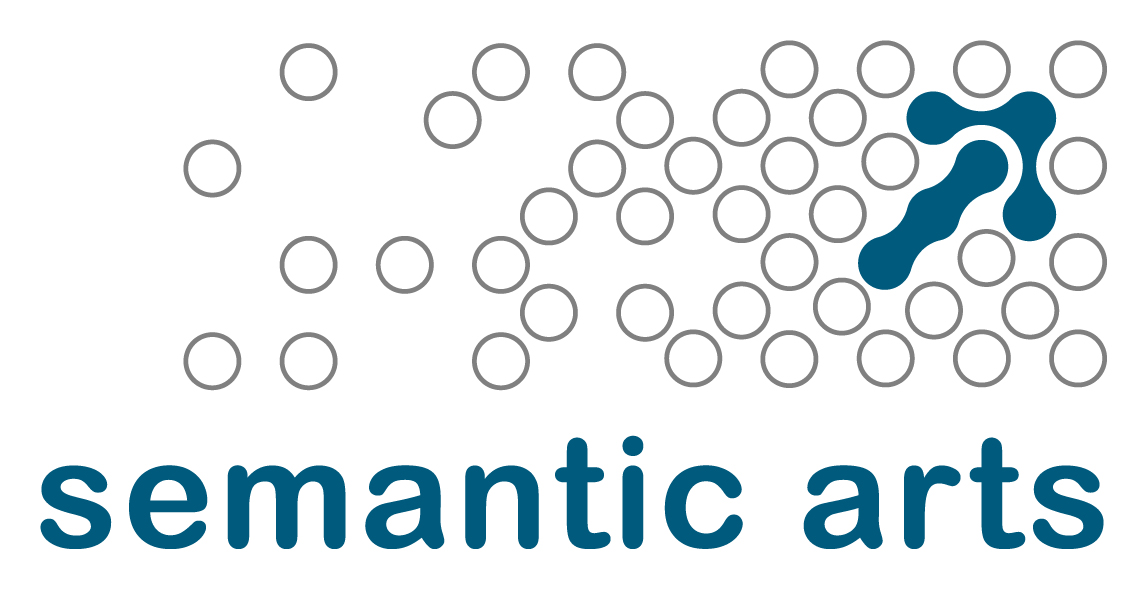Semantic technology makes us more effective, efficient and strategic. Effectiveness. A system that can easily be modeled to reflect the way you think or the processes you manage, increases your effectiveness.
- You can solve problems faster because you can quickly apply your problem solving process to a greater range of structured and unstructured data and you can analyze information in ways that has not be predetermined.
- You can make better decisions because you have access to more and better data, and ‘what-if’ scenarios can be spontaneously applied to help you see the potential impact of your choices.
- You can plan more productively because semantic models facilitate the ability to find new ways to organize, track and report on data without having to rely on programmers to set up new systems.
Efficiency. Semantic technology increases efficiency because it increases end users’ control over information, so a job can be done faster with fewer resources.
- Intelligent access to detailed information that is constantly changing helps you solve problems faster, so you can minimize the negative impact of the problem.
- Flexible models run by intelligent algorithms enable a wider range of people to make consistent decisions in real time.
- More finite and flexible control over key business processes, such as inventory management or customer service, improves organizational planning and operating efficiency.
Strategic advantage. Semantic technology facilitates change and encourages innovation because it enables the people responsible for the success of the organization to easily use information resources to ask questions, project scenarios and invent new solutions.
- Since it is possible to extend the relationships identified in a semantic model without impacting its integrity, cross discipline collaboration is encouraged, which encourages people to tackle complex, multi-dimensional problems.
- Semantic modeling enables us to move from idea to implementation much more quickly than traditional IT technology, increasing our organizational agility and ability to quickly respond to change.
- The flexibility inherent in semantic models invite us to imagine the future. Since it is easy to create new relationships, we are encouraged to challenge the status quo and ask cross-disciplinary questions.

